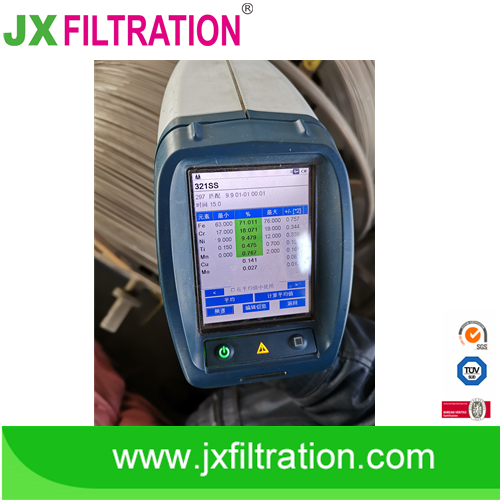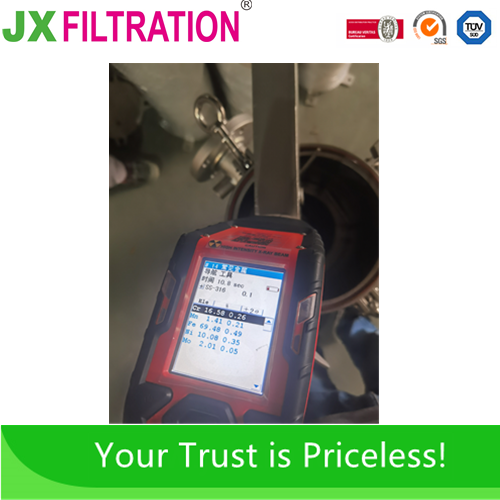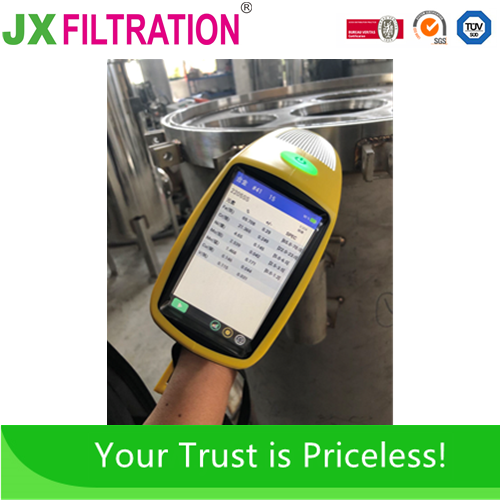Austenitic Stainless Steel
Austenitic stainless steel refers to stainless steel with austenitic structure at room temperature. When the steel contains about 18% Cr, 8%~25% Ni, and about 0.1% C, it has a stable austenite structure. Austenitic chromium-nickel stainless steel includes the well-known 18Cr-8Ni steel and high Cr-Ni series steel developed on this basis by increasing the content of Cr and Ni and adding Mo, Cu, Si, Nb, Ti and other elements. Austenitic stainless steel is non-magnetic and has high toughness and plasticity, but its strength is low, and it is impossible to strengthen it through phase transformation. It can only be strengthened by cold working, such as adding S, Ca, Se, Te and other elements.
S304080C18Ni9 (304) has excellent corrosion resistance and cold working stamping properties, good low temperature performance, and good mechanical properties at -180 degrees. It is one of the most produced and used grades of austenitic stainless steel, such as acid pipelines, containers and non-magnetic parts.
S3040300Cr19Ni10 (304L) austenitic ultra-low carbon stainless steel, resistant to intergranular corrosion, extensive welding process, no heat treatment after welding. It is often used in containers, pipes and various parts in petroleum, chemical and fertilizer equipment, as well as equipment without heat treatment after welding.
S316080Cr17Ni12Mo2 (316) is commonly used austenitic stainless steel, and its corrosion resistance is better than Cr19Ni9 in seawater and dilute reducing media (sulfuric acid, phosphoric acid, acetic acid and formic acid), because this steel contains Mo. It is mainly used to manufacture structural parts and components that are resistant to dilute reducing media and pitting corrosion.
S3160300Cr17Ni14Mo2 (316L) ultra-low carbon austenitic stainless steel, good welding performance, suitable for multi-layer welding, no tendency to edge corrosion after welding, for sulfurous acid, sulfuric acid, phosphoric acid, acetic acid, formic acid, chloride salt, halogen, sulfite all Has good corrosion resistance. Can be used to manufacture synthetic fiber, petroleum, chemical, textile, fertilizer, printing and dyeing and other industrial equipment, such as towers, tanks, containers, pipes, etc.
321 stainless steel:Titanium-stabilized austenitic stainless steel, adding titanium to improve intergranular corrosion resistance, and has good high-temperature mechanical properties, can be replaced by ultra-low carbon austenitic stainless steel. Except for special occasions such as high temperature or hydrogen corrosion resistance, it is generally not recommended for use.
904L stainless steel: Super complete austenitic stainless steel is a kind of super austenitic stainless steel invented by OUTOKUMPU in Finland. , It has good corrosion resistance in non-oxidizing acids such as sulfuric acid, acetic acid, formic acid and phosphoric acid, and also has good resistance to crevice corrosion and stress corrosion resistance. It is suitable for various concentrations of sulfuric acid below 70 °C, and has good corrosion resistance in acetic acid and mixed acid of formic acid and acetic acid at any concentration and temperature under normal pressure.
Duplex stainless steels are mixtures of austenitic and ferritic stainless steels. Therefore, it has the properties of its two components. It has high chromium and low nickel concentrations. Duplex stainless steels have unique advantages due to their high tensile strength and good weldability. It shows good stress corrosion resistance, but not as good as ferritic grades. It is tougher than ferritic grades but lower than austenitic grades.
Any requirements, contact us now!
Grace
Email:grace@filtrationchina.com
Mobile/Whatsapp/WeChat:+86 17269571160





